Renovating your home can be an exciting way to improve its functionality, aesthetics, and overall value. However, certain mistakes—whether due to poor planning, cheap materials, or trendy but impractical design choices—can have the opposite effect, significantly reducing your home’s worth. Some renovations may seem like smart upgrades but can deter potential buyers or even lead to costly repairs down the line. Before making any major changes, it’s essential to recognize the most common renovation pitfalls that could end up slashing your home’s value in half.
1. Overdoing DIY Projects
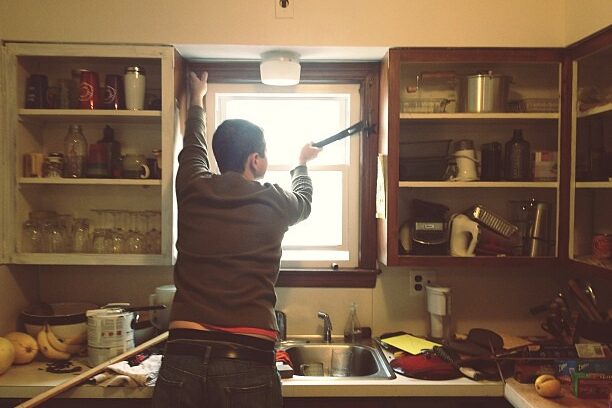
While DIY projects can be a great way to save money on home renovations, attempting complex tasks without the necessary skills and experience can often result in costly repairs down the line. Poorly executed plumbing, electrical work, or structural changes can not only be visually unappealing but also pose serious safety hazards, putting both your family and your property at risk. It’s essential to know your limits and recognize when a project requires the expertise of a licensed professional. Complex renovations, particularly those involving structural changes or intricate systems, should always be left to those with the proper training and certifications.
Attempting such projects without the required expertise can lead to code violations, safety issues, and ultimately, a much larger expense to rectify the mistakes. While a DIY approach might seem appealing from a cost-saving perspective, it’s crucial to weigh the potential risks against the perceived benefits. A poorly executed DIY project can significantly detract from the value of your home and create headaches for future buyers. Knowing when to call a professional is a crucial part of successful homeownership. For advice on when to call a professional, consider resources like those from Bob Vila.
2. Choosing Cheap Materials
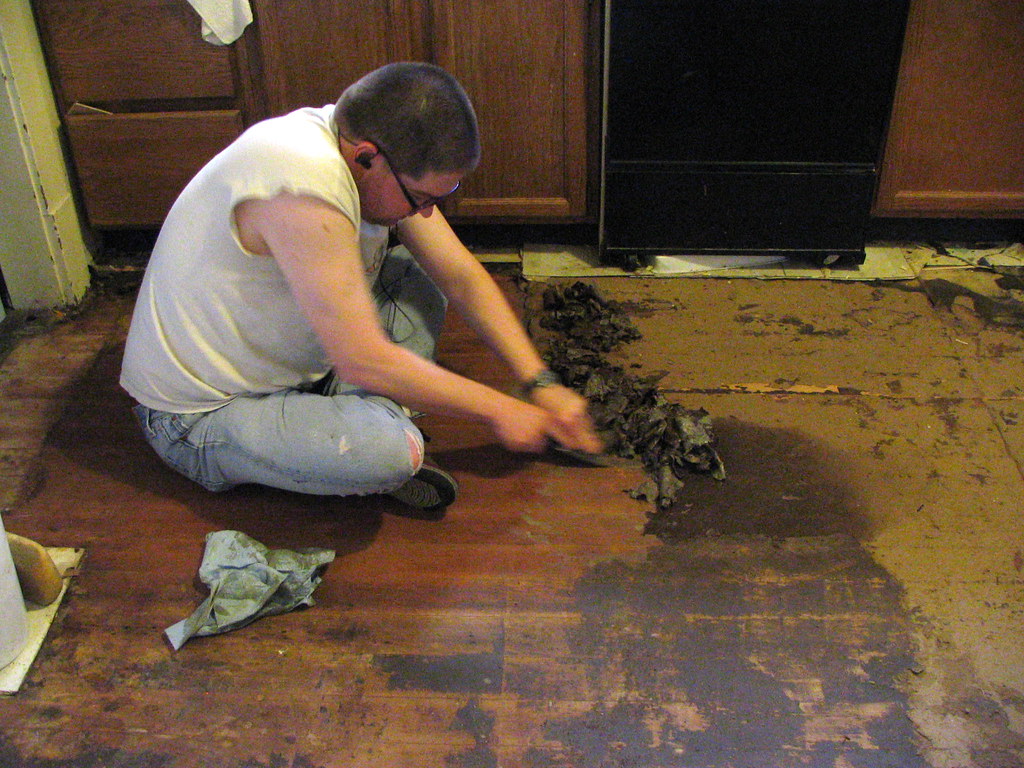
Using low-quality materials might seem like a cost-effective approach initially, especially when working with a tight budget, but it often proves to be a costly mistake in the long run. Cheap materials tend to wear out quickly, requiring frequent replacements and repairs, which can significantly add to the overall cost of the renovation. This not only drives up long-term costs but also diminishes the overall satisfaction with the renovation, as you’ll constantly be dealing with maintenance issues and replacements.
Investing in durable, high-quality materials from the outset is a much wiser investment. It ensures the longevity of your renovation, preserves the value of your home, and provides greater peace of mind. Consider the long-term cost-effectiveness of quality materials versus the short-term savings of cheaper options. Durable materials not only last longer but also often require less maintenance, saving you time and money in the long run. Choosing quality materials is an investment in the future of your home. For information on selecting quality building materials, resources like those from the Home Improvement Research Institute can be helpful.
3. Skipping Permits
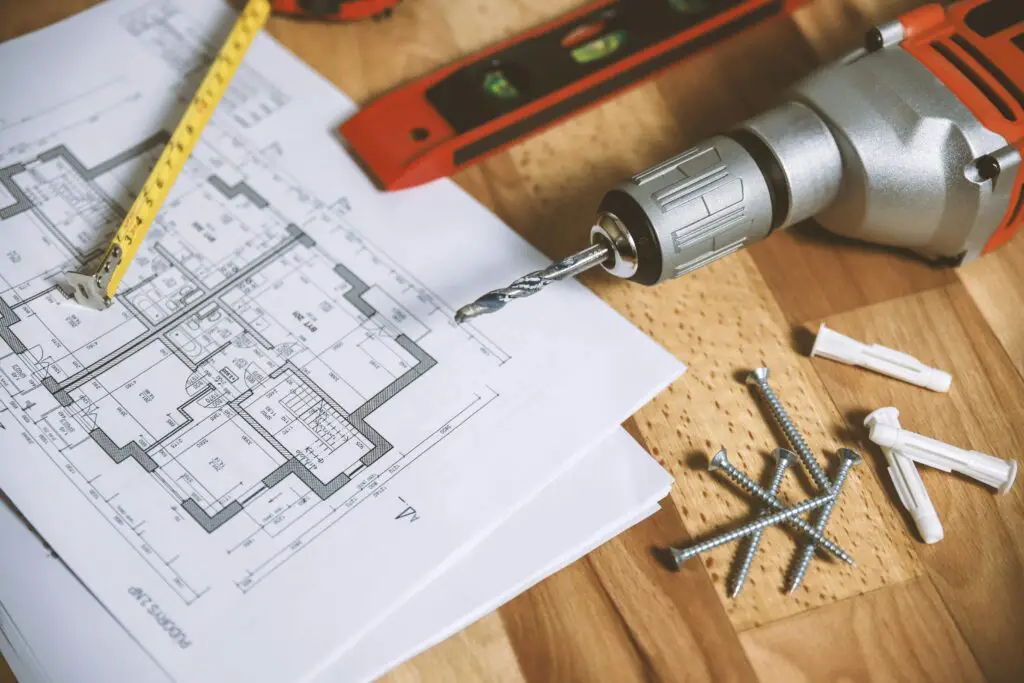
Failing to secure the necessary permits for renovation projects can lead to serious consequences, including hefty fines, legal issues, and complications during the selling process. Unpermitted work may need to be removed or redone to meet code requirements, adding unexpected costs and delays to your project. Obtaining the proper permits is not just a legal requirement; it’s also a way to ensure that the work is done safely and meets building standards, protecting your investment and providing peace of mind. Permits are in place for a reason: to ensure the safety and structural integrity of buildings.
Bypassing this process can put your home and its occupants at risk. Furthermore, unpermitted work can create significant headaches when you try to sell your home, as potential buyers may be wary of the unknown and lenders may be hesitant to provide mortgages. The permitting process can seem like an extra hurdle, but it’s a crucial step in ensuring a successful and legally sound renovation. For information on building permits, consult your local building department. Information can often be found on your city or county’s official website. This information is readily available and a necessary step in any renovation project.
4. Removing Too Many Walls

Open-concept layouts have become increasingly popular in recent years, creating a more spacious and airy feel in many homes. However, removing too many walls, especially load-bearing walls, can compromise the structural integrity of your home, posing a serious safety risk. Walls often play a crucial role in supporting the building’s framework, and altering them without proper structural support can lead to sagging floors, cracks in the walls, and even structural collapse.
Furthermore, removing walls can eliminate necessary privacy and storage space, reducing the home’s overall functionality and making it less appealing to potential buyers. It’s essential to consult with a structural engineer before making any significant changes to the walls in your home. A qualified engineer can assess the structural implications of removing walls and recommend appropriate support measures to ensure the safety and stability of your home. Careful planning and professional guidance are essential when altering the structural elements of your home. Failing to do so can have disastrous consequences.
5. Over-Personalizing the Space

While expressing your personal style is important in your home, highly specific design choices, such as bold wallpaper patterns, unique and unconventional fixtures, or overly themed rooms, can alienate future buyers when you decide to sell. These personalized touches might appeal to your taste, but they can make it difficult for others to envision themselves living in the space. Neutral and timeless designs, on the other hand, have a broader appeal and are more conducive to maintaining resale value. Potential buyers are more likely to be drawn to a home with a neutral palette and versatile design elements that they can easily personalize to their own tastes.
Consider incorporating personal touches through easily changeable elements like artwork, décor, or textiles, which can be swapped out without much effort. Over-personalizing a space can significantly limit its appeal to a wider range of buyers, making it more challenging to sell your home quickly and for a good price. Striking a balance between expressing your personal style and maintaining a degree of neutrality is key to maximizing your home’s resale potential. For advice on designing for resale, consider resources like those from HGTV.
6. Ignoring a Consistent Style

Mixing architectural styles haphazardly or disregarding your home’s original design can create a disjointed and unappealing aesthetic, significantly impacting both curb appeal and resale value. Renovations that clash with the home’s inherent character often decrease its value, making it less attractive to potential buyers who are seeking a cohesive and harmonious look. A cohesive design that respects the existing architecture is crucial for maintaining both aesthetic harmony and long-term value. Imagine a Victorian-era home with a stark, ultra-modern addition; the clash in styles can be jarring and detract from the overall charm of the property. Instead, consider how new elements can complement and enhance the existing architectural features.
Maintaining a consistent style throughout the renovation process creates a sense of unity and intentionality, which is highly appealing to prospective buyers. This doesn’t mean you can’t introduce modern updates, but they should be incorporated in a way that respects the overall aesthetic of the home. Ignoring the established style can lead to a confused and haphazard appearance, ultimately diminishing the property’s desirability. Careful consideration of materials, colors, and design elements is essential for achieving a harmonious and cohesive result. For guidance on architectural styles and renovation best practices, resources like those offered by the National Association of Home Builders can be invaluable.
7. Overlooking Storage Solutions
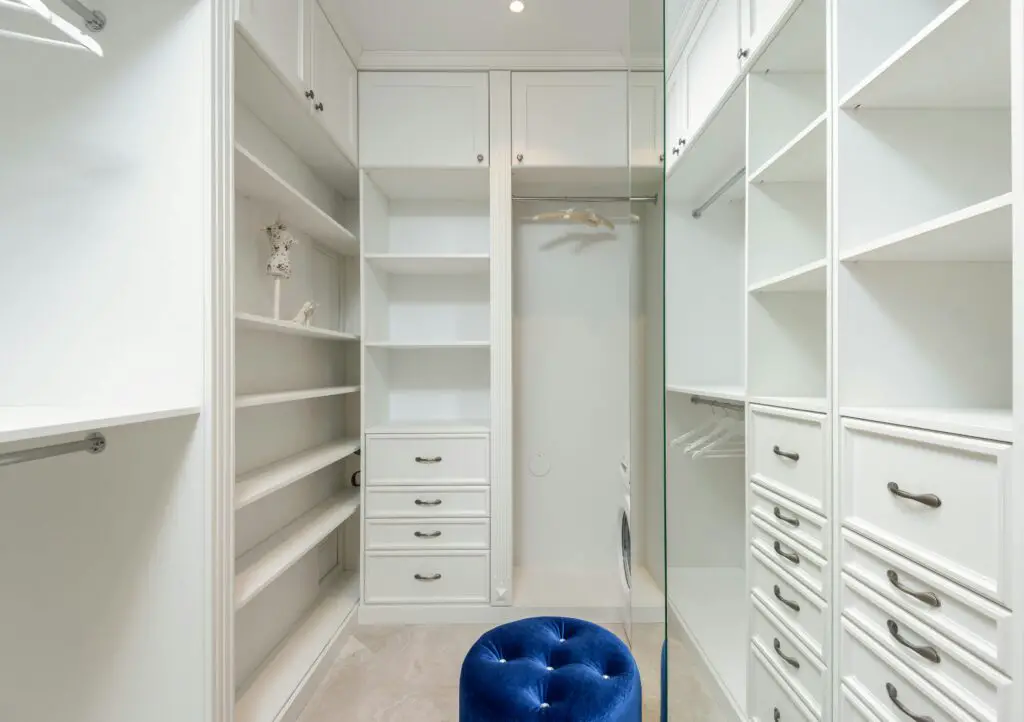
Removing closets or built-in storage in the name of aesthetics might seem like a good idea during a renovation, but a lack of storage is a major deterrent for potential buyers. Ample storage space is a highly desirable feature in any home, and neglecting this aspect can significantly impact your home’s resale value. Functionality is just as important as design, and a well-designed home should offer a balance of both. Consider how the renovation will impact the available storage space and explore ways to maximize storage without sacrificing style.
Built-in shelving, strategically placed cabinets, and creative storage solutions can enhance both the functionality and aesthetic appeal of your home. Potential buyers are looking for homes that are not only beautiful but also practical and easy to live in. A lack of storage can make a home feel cramped and disorganized, which can be a major turn-off for buyers. Prioritizing storage solutions during your renovation is a wise investment that will pay off when it comes time to sell.
8. Installing Trendy Fixtures
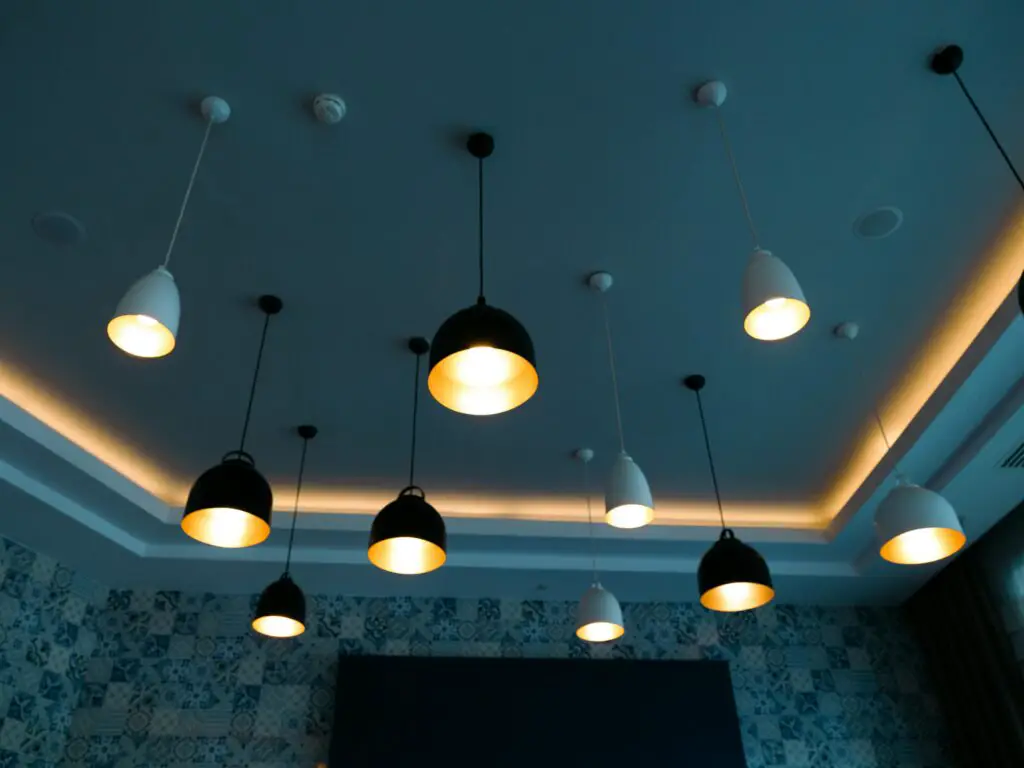
Trendy designs, such as oversized light fixtures, niche tiles, or overly ornate hardware, can quickly go out of style, making your renovation look dated in a few years. While it’s tempting to incorporate the latest design trends, opting for timeless and versatile features is a much safer bet. Timeless designs ensure your renovation stays appealing for years to come, maintaining its value and avoiding the need for frequent updates.
Classic styles and neutral colors have a broader appeal and are less likely to clash with future decorating trends. Consider incorporating trendy elements through easily replaceable items like cushions, throws, or artwork, which can be updated without a major overhaul. Investing in high-quality, timeless fixtures is a wise investment that will stand the test of time. Avoid chasing fleeting trends that may soon look outdated and detract from the overall appeal of your home.
9. Neglecting Natural Light
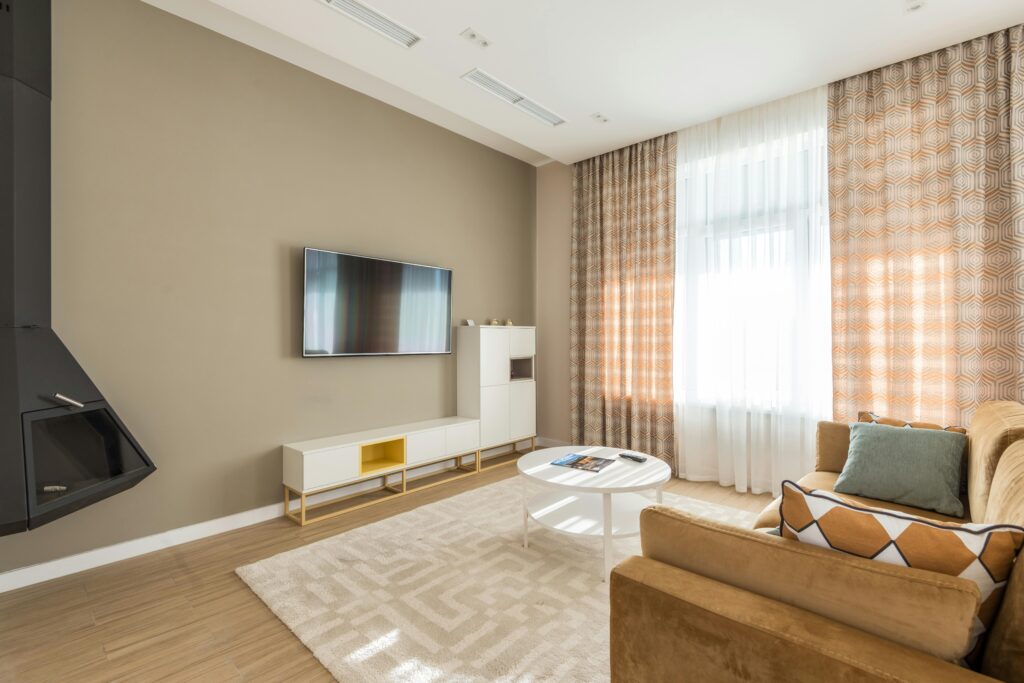
Blocking windows or failing to prioritize lighting during a renovation can make spaces feel dark, cramped, and unwelcoming. Natural light is a highly desirable feature in any home, and maximizing its presence can significantly enhance the ambiance and appeal of your living spaces. Always consider how natural and artificial lighting will affect the final look and feel of the room. Strategic placement of windows, skylights, and light fixtures can create a bright and airy atmosphere.
Conversely, neglecting natural light can make a space feel gloomy and depressing. Consider the orientation of your home and how sunlight will enter each room at different times of the day. Avoid using heavy curtains or blinds that block natural light. Instead, opt for lighter window treatments that allow sunlight to filter through while still providing privacy. Proper lighting is essential for creating a comfortable and inviting home.
10. Poor Kitchen Layout
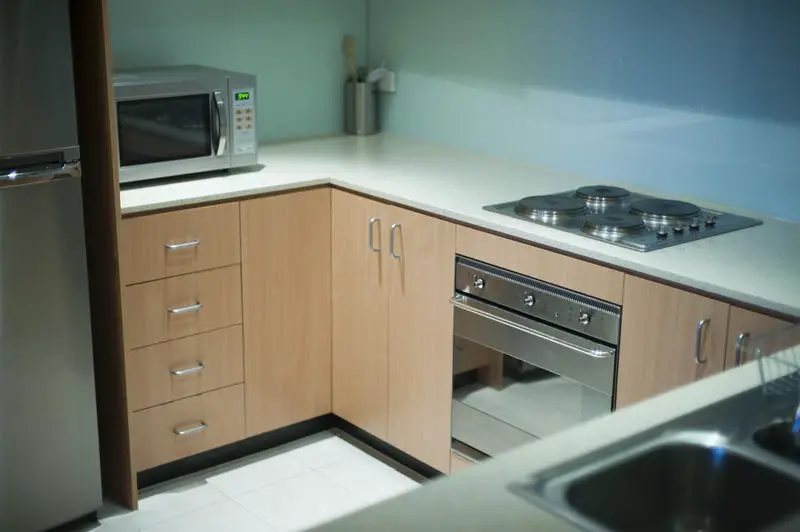
Kitchens are often considered the heart of the home, and a poorly planned layout can significantly reduce its functionality and enjoyment. A poorly designed kitchen can make cooking and meal preparation a frustrating experience. Prioritizing ergonomics and convenience is essential for creating a kitchen that is both beautiful and functional. Consider the “work triangle” – the distance between the stove, refrigerator, and sink – and ensure that it is efficient and not too spread out.
A well-designed kitchen should allow for easy movement and efficient workflow. Avoid placing appliances in awkward locations or creating bottlenecks that impede traffic flow. Ample counter space is crucial for food preparation, and adequate storage is essential for keeping the kitchen organized. A functional and well-designed kitchen is a major selling point for potential buyers.
11. Overbuilding for the Neighborhood
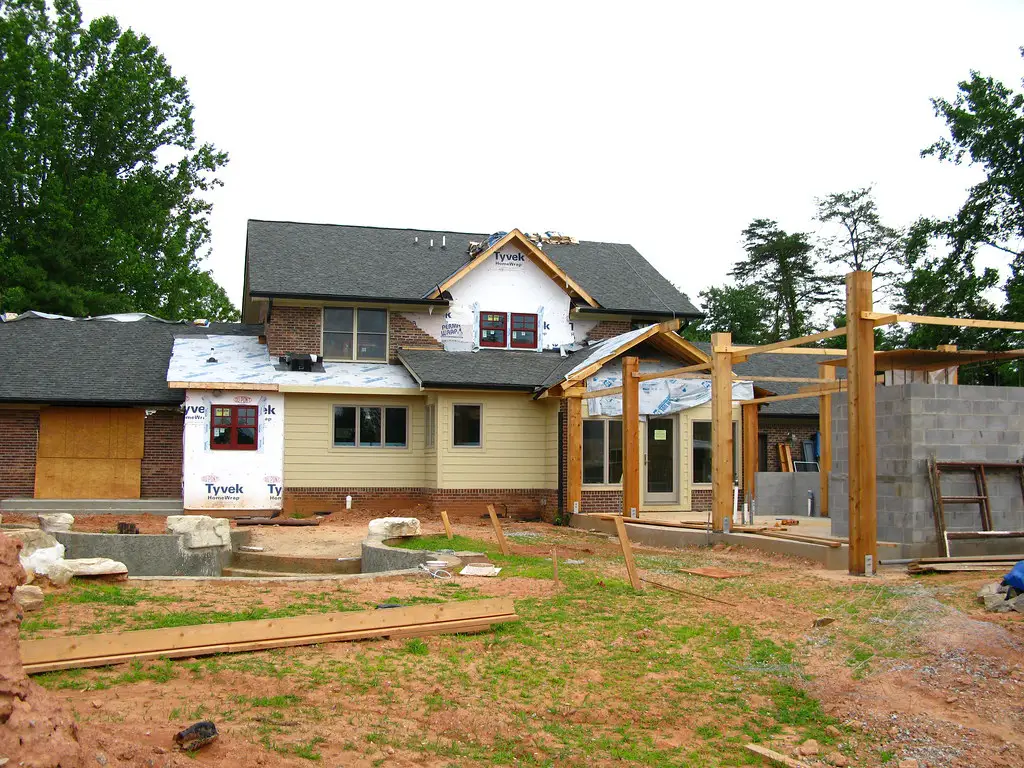
Adding luxury features or expanding square footage far beyond the standards of nearby homes can make your property difficult to sell. While it’s tempting to add all the bells and whistles, overbuilding for the neighborhood can price your home out of the market. Potential buyers are often looking for homes that are comparable in size and features to others in the area. A home that is significantly larger or more luxurious than its neighbors may seem out of place and overpriced.
It’s important to consider the local real estate market and the typical home values in your neighborhood before undertaking a major renovation or expansion. Staying consistent with local market standards will help ensure that your home appeals to a wider range of buyers and sells for a fair price. Overbuilding can be a costly mistake that can negatively impact your home’s resale value.
12. Skipping Energy-Efficient Upgrades

Failing to incorporate energy-efficient windows, insulation, or appliances during a renovation is a missed opportunity to save money on utility bills and increase the home’s market appeal. Energy efficiency is becoming increasingly important to homeowners, and buyers are often looking for homes that are environmentally friendly and cost-effective to operate. Upgrading to energy-efficient features can not only lower your monthly expenses but also make your home more attractive to potential buyers.
Consider installing energy-efficient windows, upgrading insulation, and replacing old appliances with newer, more efficient models. These upgrades can significantly reduce your energy consumption and lower your carbon footprint. Investing in energy efficiency is a smart move that benefits both your wallet and the environment. Many government programs and incentives are available to homeowners who make energy-efficient upgrades.
13. Forgetting About the Outdoors

Ignoring landscaping or outdoor spaces can leave the property feeling incomplete and detract from its overall curb appeal. A well-maintained yard, patio, or garden complements the interior of your home and creates a welcoming outdoor living space. Landscaping can significantly enhance the beauty and value of your property. Consider adding curb appeal with attractive plantings, well-maintained lawns, and inviting walkways.
Outdoor living spaces, such as patios, decks, or porches, can extend your living space and provide a place for relaxation and entertainment. Creating an inviting outdoor environment can make your home more desirable to potential buyers. Don’t neglect the exterior of your home during a renovation. A well-landscaped yard and inviting outdoor spaces can make a big difference in how your home is perceived.
14. Underestimating the Budget

Under-budgeting for a renovation is a common mistake that can lead to cutting corners, leaving projects unfinished, or incurring significant debt. It’s crucial to create a realistic budget that takes into account all aspects of the project, including materials, labor, permits, and unexpected expenses. Always factor in a contingency fund for unforeseen costs that may arise during the renovation process. Renovations often uncover hidden problems that require additional work and expense.
Having a contingency fund can help you address these issues without derailing your budget. Careful planning and accurate cost estimates are essential for staying on budget. Get multiple quotes from contractors and compare prices before making any decisions. Don’t be afraid to prioritize certain aspects of the renovation over others if your budget is tight. Proper budgeting is crucial for a successful and stress-free renovation project. A well-planned budget can help you achieve your renovation goals without breaking the bank.
